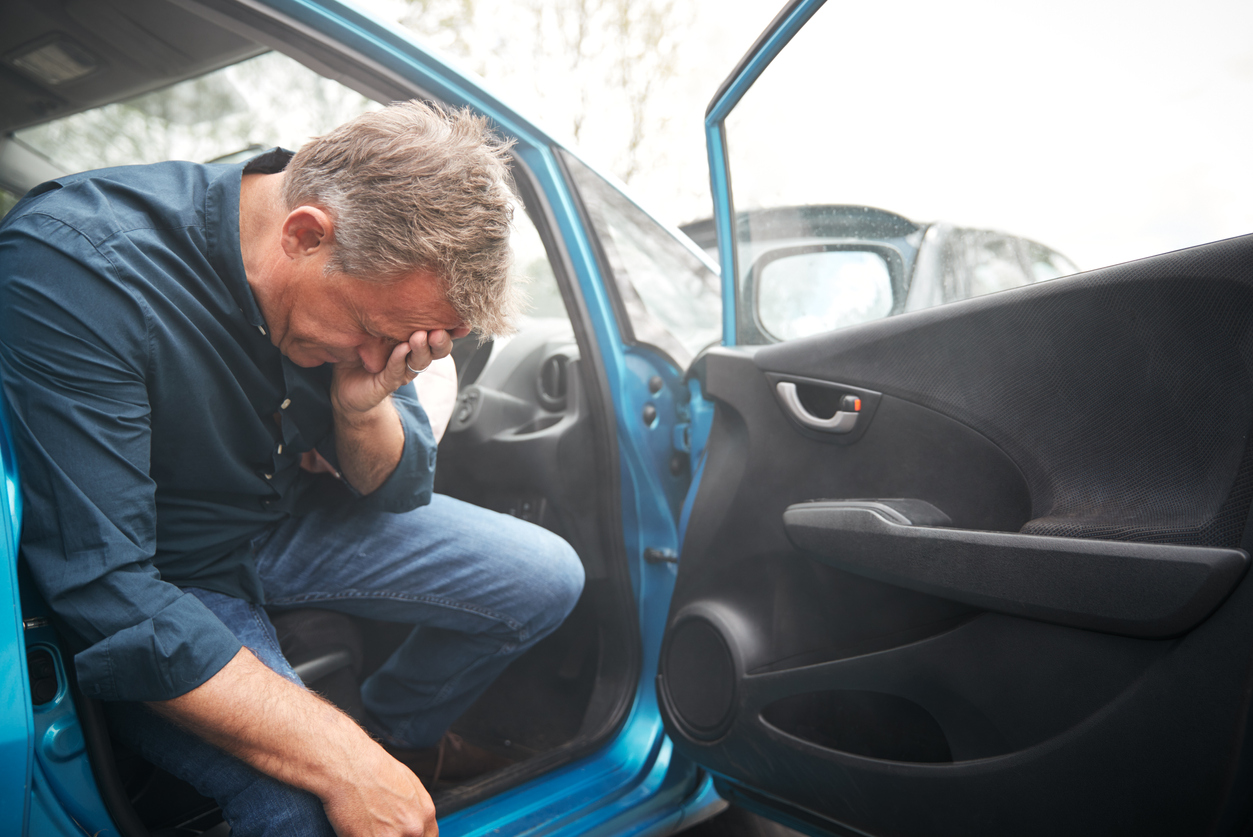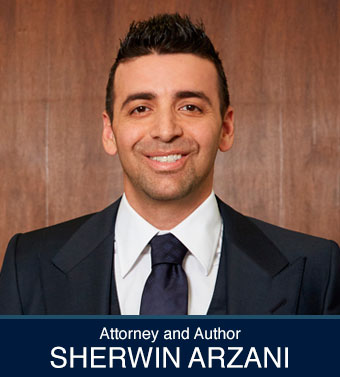If you are a resident of Los Angeles, you probably know that there was a significant decline in traffic during the coronavirus pandemic. As a result, there were fewer traffic accidents and car crashes. However, note that after a considerable drop in fatalities during the last 2 weeks of March, when the city’s stay-at-home order was implemented, the LA Police Department is reporting an alarming increase in traffic death on city streets.
Emptier Roads Pose a Greater Danger in Los Angeles
Although because of the novel coronavirus, more people are staying at home and also driving less, keep in mind that new data reveals that emptier roads can actually be more dangerous. According to the preliminary data from the National Safety Council, the death rates per mile driven significantly increased by 14 percent nationally in March compared to the previous year.
You may be surprised to know that the sudden increase in deaths is linked with a surge of speeding on LA streets that are emptier than usual. And this is a cause of concern for the traffic and law enforcement authorities in the city. According to the LAPD, the increase in fatality rates can also be attributed to a higher number of people walking as well as biking in their neighborhoods. And in the first half of May, 21 people died in auto accidents, including 3 people who died in an unfortunate high-speed car crash on Imperial Highway in Willowbrook.
A Deadly Combination
The combination of activities curtailed, schools closed, summer jobs canceled, and the easing of COVID-19 restrictions could prove deadly. This is especially true as teenagers take to the road this summer. According to AAA, now is an excellent time for parents to not only model safe driving behaviors but also help ensure that their teenagers practice them, as well.
Did you know that as coronavirus stay at home orders were lifted, “total loss” car crashes increased 2% nationwide? This shows the importance of road safety and vigilance. These car crashes are so severe that the relevant insurance company will deem the vehicle a total loss rather than spending money in order to fix it.
Teen Drivers Pose a Higher Risk
Also, it is worth noting that a total of 159 individuals were killed in car crashes involving teenage drivers in Arizona in the last 10 years during the period between Memorial Day and Labor Day. Across the nation, more than 8,300 individuals lost their lives in teen-related summertime automobile crashes between 2008 and 2020. And that is more than 7 people per day each summer as compared to the rest of the year, representing 6 people per day.
City Officials are turning to Technology to Reduce the Risk of Accidents
Did you know that speed levels are up by as much as 30 percent on some streets in Los Angeles? This is why Los Angeles officials and law enforcement personnel have turned to technology to help curb speeding. The officials are also trying to prevent residents from tinkering with various pedestrian walk signals. They also decided to leave a majority of LA’s 5,000 traffic lights on nighttime settings.
Note that the traffic lights in Los Angeles are usually synchronized so that drivers can easily get the green light at multiple intersections in a row. However, at night, when speeding is more common as streets are emptier, each traffic light works as a separate unit. And this means that drivers are considerably less likely to encounter a wave of green lights, and, hence, will be compelled to stop.
And that is not all; the city has also deactivated pedestrian push buttons at many crosswalks so that people don’t have to risk contagion by pushing these buttons. Also, note that the slightly longer light cycles will force more drivers to stop.
The aftermath of a Los Angeles car accident can be a confusing and anxiety-ridden time. You might be in shock and extremely shaken from the accident itself, and might have sustained grave bodily injuries as the result of another person’s negligence. Depending on the specific circumstances of your car accident, you may be eligible for damages or compensation.
How a Los Angeles Personal Injury Attorney can help you
If you are involved in a car accident caused by the negligence of another driver, you may experience physical, mental, and financial harm. If you were seriously injured in a car crash, you might not be able to work while seeing your medical expenses, as well as regular bills, mount alarmingly. If you have sustained an injury or loss because of reckless driving in Los Angeles, you should discuss the circumstances of your personal injury with a knowledgeable and experienced personal injury attorney.




